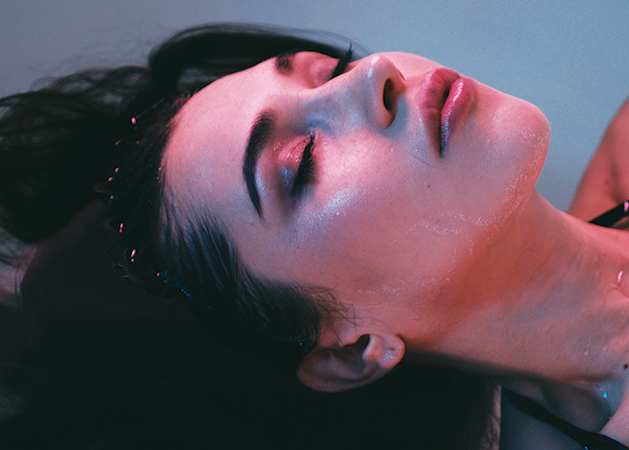
Does the idea of going an hour without your phone fill you with dread or joy? What about an hour without sensation?
This desire to escape the overstimulation of our modern world is behind the booming popularity of float therapy. The treatment suspends participants in a dark room in a concentrated water solution, calibrated to their unique body temperature, allowing them to float seemingly without sensation.
The therapy, which originated in the late 1950s, has seen a resurgence in the last five years as the public seeks out ways to calm its collective mind. According to T.J. Stalzer, owner of Sanctuary Float Spa in Minnetonka, “Society is overstimulated and we don’t ever get a chance to shut down, relax and calm our nervous system down. We’re seeing a lot of anxiety disorders and sleep issues like insomnia.”
Stalzer’s interest in float therapy was piqued when he heard about it from celebrity enthusiasts Joe Rogan and Aubrey Marcus, and read about the successful float therapy treatments employed by famous athletes.
“I quickly realized the benefits; it makes you feel really amazing,” he says. “I wanted to bring it to people in a way that people would be a little more open to. It’s great for anxiety and when you come out you have a really centered feeling.”
Beyond relieving the effects of overstimulation, float therapy has also been used to treat conditions like post-traumatic stress disorder, arthritis and fibromyalgia.
Float therapy is, in its purest form, an exercise in sensory deprivation. The water is treated with 1,000 pounds of Epsom salt (pharmaceutical-grade magnesium sulfate heptahydrate) and heated to 94 degrees, the same temperature as most of our skin. Without light, and with air and water perfectly set to your body temperature, clients have likened it to feeling suspended in space. The residual effects of float therapy treatment can last anywhere from three to seven days.
“It’s a good place to meditate and do any [mental or emotional] work while the physical process is doing its work,” says Stalzer. “You can do whatever you need to mentally. There’s a lot to be said for the environment and the state it puts your mind in.”
Sessions are 60 to 90 minutes and can be adjusted to help participants feel comfortable.
“You can create your own comfort zone,” says Stalzer. “We offer LED lights underwater, so it doesn’t have to be completely dark. You can play some calming, meditative-like music, whatever you want to do, since some people aren’t comfortable with total darkness and quiet.”
Stalzer recommends first-timers should mentally prepare for the solitude of the experience.
“Be prepared to spend an hour with yourself,” he says. “If you’re not practiced with meditation, just focus on your breath and relax in your body. It’s just you and your own time with yourself.”
What to Expect
T.J. Stalzer’s guidelines for float therapy at Sanctuary Float Spa.
Floating is done in a private space, so you don’t need to pack your swimsuit. Keeping foreign objects like clothes out of the tank helps keep the system cleaner.
Shower before getting into the tank. The spa is equipped with soap, shampoo, conditioner and towels. The shower helps wash off all of the natural oils from your body.
Enter the float therapy room. Rather than pods, Stalzer uses enclosed rooms with controlled temperatures, with a small pool with around 10–12 inches of water.
Float for 60 to 90 minutes. Use music and LED lights, or revel in the quiet and darkness.
Shower off the salt and depart, newly relaxed and calm.









